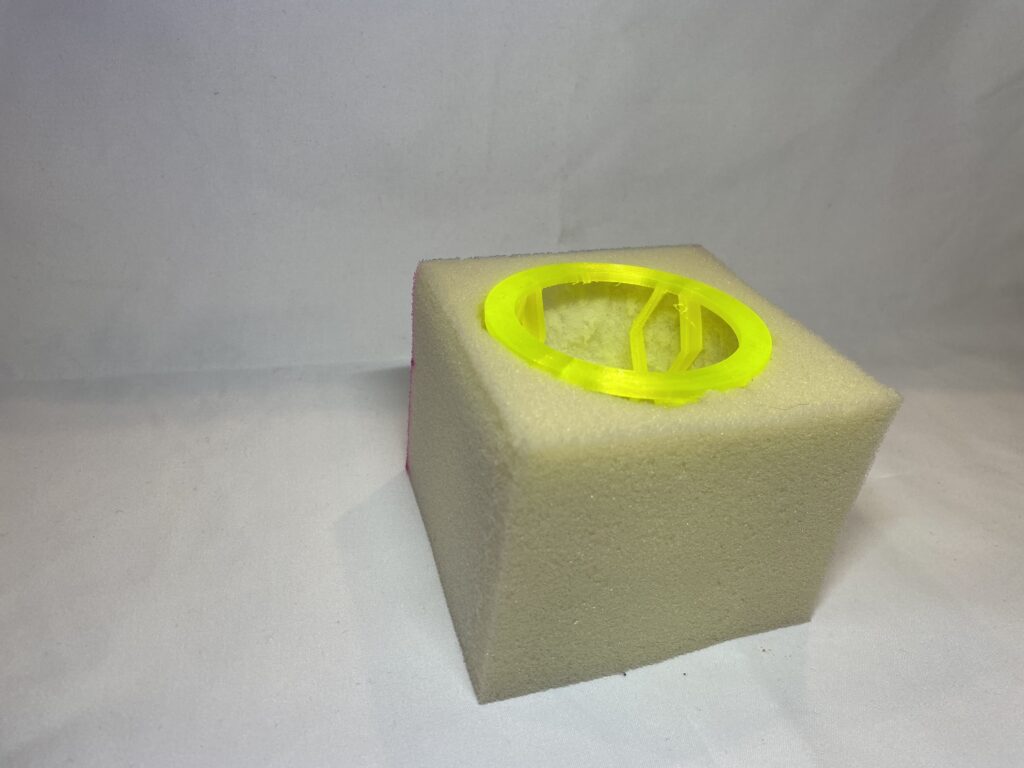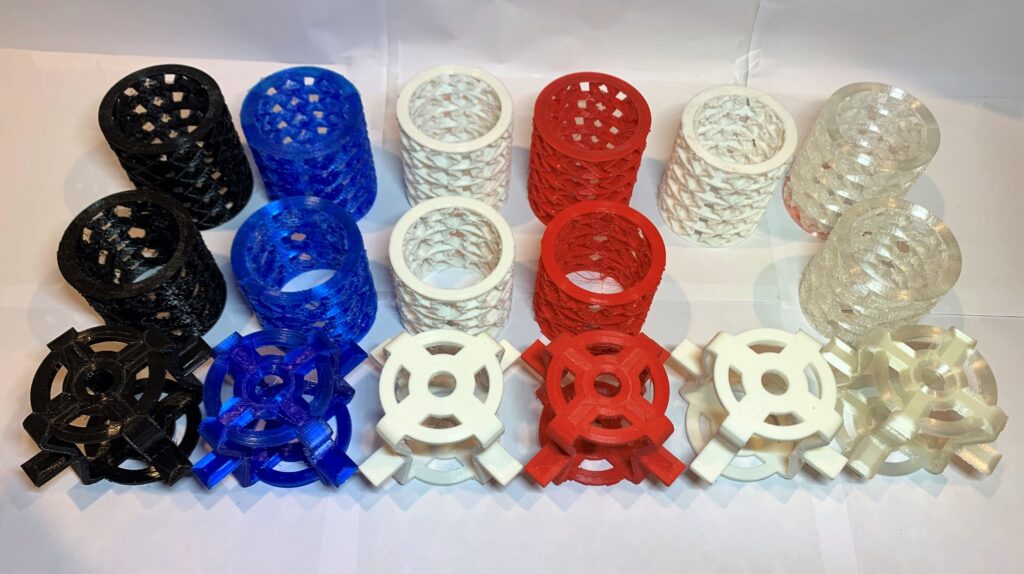Vibration dampening is an emerging area of interest in the 3D printing industry. Optimized structures could make everything from trucks to tennis rackets more comfortable. 3D printed seats are finally gaining traction, with companies in both the automotive and cycling industries exploring the possibilities. Digital and programmable foams are gaining attention, and metamaterials present a ripe area for commercialization. Personally, I’m engrossed in all these subjects, especially variable density cushioning. All of these developments come together in a new paper titled ‘Additive Manufacturing of Composite Foam Metamaterial Springs for Vibration Isolation.’
The paper’s authors, including researchers from Deakin University, Nottingham Trent University, and the Royal Melbourne Institute of Technology, have charted a fascinating new course in engineering optimized seating. Utilizing low-cost material extrusion 3D printers, they’ve crafted metamaterial springs that achieve superior vibration isolation through “high-static and low-dynamic stiffness.” Embedding these quasi-zero stiffness (QZS) metamaterials in regular polyurethane foam seats resulted in good performance during testing.
But what makes this truly compelling is the simplicity and affordability of the design. Instead of complex machines, the team achieved this through optimized structures using inexpensive components. While not necessarily cheaper than traditional springs, the results should outperform them. The freedom to design these new shapes at a relatively low cost could unlock significant gains in 3D printing. Consider the unique properties of auxetic, or zero Poisson ratio (ZPR), structures. Normally, when you stretch a rubber band, it thins in the middle. In contrast, auxetic materials or structures behave oppositely, becoming thicker when stretched and thinner when compressed. These auxetics are also known for their excellent vibration dampening properties – invaluable in applications like helmets.
In their experiments, the team controlled the buckling behavior of the springs to enhance results. They designed cylindrical springs to be inserted into regular foam seats, and the 3D printed components’ controlled ‘negative stiffness’ buckling behavior improved performance while still absorbing energy. The paper also provided a useful comparison of common TPU filaments, such as those from eSun, Ninjatek and Recreus, with the team testing various spring designs and material choices. There is a substantial difference in properties between materials; for example, Hobby King has a UTS that is four times higher than others. The team printed using 100% infill, with 0.4m nozzles at a 0.2mm layer height, and dried the filaments. Appreciating the printability and price of the eSun material, they chose it for their project.
One particular design had an optimal performance when paired with a foam. Different foam and spring combinations gave different results across different test cycles with some combos performing better in extreme cases and others in more midrange load scenarios. Tuning the performance of the springs was challenging especially since in some cases there was instability in some ranges. In some cases the midrange of levels lead to good performance while higher end impacts were deemed less uncomfortable.
On the whole however the combination of a 3D printed spring with a regular foam outperformed the foam alone. They did find that springs can and should be optimized for specific conditions. This could point to a lot of value being out there for someone who comes up with the optimal spring design for a specific use case. It could also mean that there is a real scenario here for mass customization or for specifically customizing designs for particular use cases. Their research also suggest that different performances mean that in particular heavy vibrations seen in large vehicles such as trucks and busses could be specifically moderated through these springs. In that case the 3D printed solution could outperform midrange and high range scenarios well. All in all this is a promising idea which seems to be very cheap to make. Kinks will have to be ironed out but this is yet an approach that may make, at least some, vehicle rides more comfortable.
If you´re interested in this subject, 3DPrint.com is hosting a webinar with EOS on September 20th titled, “DIGITAL FOAM: The Key Player in Polymer 3D Printing Customization.”
Subscribe to Our Email Newsletter
Stay up-to-date on all the latest news from the 3D printing industry and receive information and offers from third party vendors.
Print Services
Upload your 3D Models and get them printed quickly and efficiently.
You May Also Like
Consolidation in AM: How 2025 Is Shaping the Industry’s New Normal
The first half of 2025 has been marked by a clear shift in the additive manufacturing (AM) industry. Companies are no longer just focused on developing new tech by themselves....
Etsy Design Rule Change Reduces Selection of 3D Printed Goods
Online marketplace Etsy has implemented a rule change requiring all 3D printed goods on the site to be original designs. The update to the site’s Creativity Standards states, ¨Items produced using...
U.S. Congress Calls Out 3D Printing in Proposal for Commercial Reserve Manufacturing Network
Last week, the U.S. House of Representatives’ Appropriations Committee moved the FY 2026 defense bill forward to the House floor. Included in the legislation is a $131 million proposal for...
Transforming From Tourist to Native: Duro CEO Michael Corr Explains Why the Company Rebuilt its PLM Software on AI
In these early innings of the AI boom, many market analysts have expressed concern that AI spend has gotten too far ahead of the technology’s proven ability to deliver significant...


































